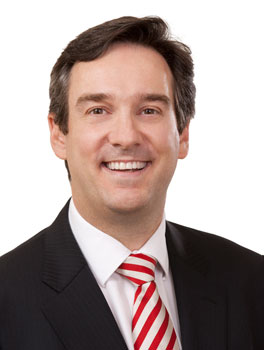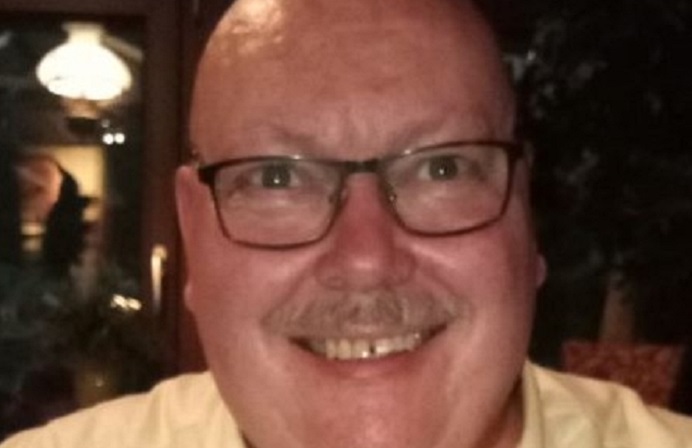
Sainsbury: What are your priorities for the next 12-18 months?
Gladigau: It is all about giving clients access to breadth of data and depth of data, and many channels of delivery. We have been discussing our $30 million investment in Australia and New Zealand with our clients and the market for 2012/2013. We are addressing items from the integration of consumer electronics –iPads and iPhones, Androids, web enablement technologies for information delivery – through to back-end systems for new product delivery..
Sainsbury: What competitive advantage do you think that investment will bring?
Gladigau: Innovation, nimbleness and partnering. I refocused the technology team in Australia and New Zealand to be more client oriented –we have a team that we have hired because they are smart, and we have allowed them to be smart. We have given them a lot of processes and activities so they can be nimble on their delivery and outcomes. We have picked up agile delivery techniques; we have lean processes; and we empower all of our staff. By doing that, we are able to build a lot of things faster for our clients.
What we have been doing is enabling our 100-strong team locally tapping into their global counterparts to listen to our clients and build and deliver a solution quickly; there is our competitive advantage.
Sainsbury: What technology opportunities and challenges do you see in the current regulatory environment?
Gladigau: The regulatory environment is complex – there are the Australian regulators, the federal Government and other regulators offshore – all driving change. It is an interesting challenge to keep abreast of the regulations, making sure we are hitting change dates and assisting our clients with the interpretation of each. The intersection of those regulators is always a challenge. They are often half a step ahead or behind one another, and it may well be that an item an American regulator implements has different implications for the Australian environment.
Sainsbury: What impact are consumer devices having on the expectations of your clients in terms of the technology you provide them?
Gladigau: It is a very interesting conversation. Historically as a service provider you would give organisations a data feed or a physical hard copy report or even a web page. With the intersection of consumer electronics, access comes in many different forms. We have had to go from providing information on our standard data feed to offering exactly the same on the website, and then also on iPhones, iPads and Android devices.
The presentation mechanism is different, so we have also had to be smart about form factoring and device agnostic activities. We need to keep across the constant operating system updates and continue delivering the data, from boards to Chief Information Officers to Chief Operating Officers.
The speed of change is also interesting as well. Most C-suites executives at large organisations will get up in the morning and check the newsfeed to see what has happened while they have been asleep and that may well influence their day. If, for example, a sovereign event happened in Europe they are going to want to know what their exposure is. Some will log in to their network remotely, but how easy is it to just flip out the iPhone and check that way. Providing access to real time data remotely is powerful.
Gen Y and Baby Boomers will both have different approaches to how they interact with technology, and we need to cater to both groups in our office and with our clients.
Sainsbury: What kind of response have you seen to your iPhone and iPad apps?
Gladigau: We are launching some new services in the coming weeks and feedback from our client demonstrations has been that we have hit the mark. It is not just about offering a new service – we have spent a lot of time thinking about how each of our clients want to receive information, how we can present it, and then how they can drill into it.
Sainsbury: How do you cultivate a culture of innovation within your team?
Gladigau: It was very challenging. The challenge with a lot of the regulations we have around us is that there is a lot of bureaucracy. JP Morgan has a culture of eroding bureaucracy as much as you can to avoid stagnating the business model. Regulatory compliance is important, but it is great to have an executive team with a culture of appropriate processes and practices, to make sure we are not building up a processes that stop people from innovating.
I have spent a lot of time looking at what we can erode –processes that are getting in the way of us doing work – and teaching people that they are allowed to experiment and push the boundaries of change. We have a risk centric culture that allows people to think.
You need to be true to your word. Find the fast movers in the organisation, unshackle them and allow them to share through word of mouth that they were allowed to try an idea – and whether it worked or not, they did not suffer as a result. Then, they can influence change.
Sainsbury: Before coming to JP Morgan you were with Macquarie. What attracts you to institutional banking?
Gladigau: It is broader than just institutional banking. The topic of financial services is interesting for a start. The financial services industry is always changing, whether that is regulatory, technology or competitive change. It is an interesting place to work for that reason.
If you look at where I have worked, most of what I have done has been around servicing the superannuation industry or protecting the retirement income of mums and dads around the world. I like that. Most people do not know I am here or what we do because we are the wholesale part of the chain, but I know every day that I support a couple of million Australian and New Zealand citizen’s retirement incomes and I know it is safe.
It also comes down to the people. The finance industry attracts a lot of people who are looking to step up and push the envelope, so you get exposed to some great new ideas.





